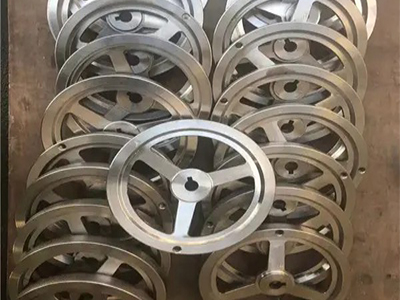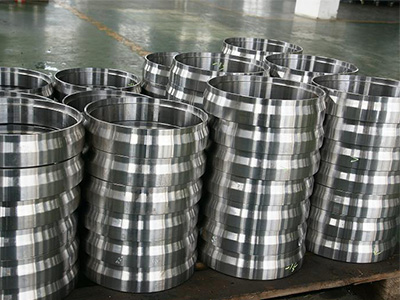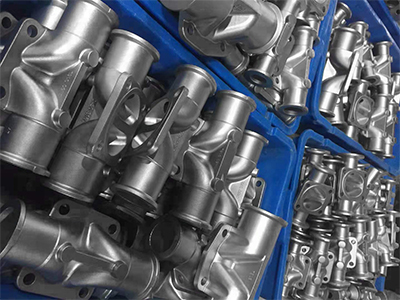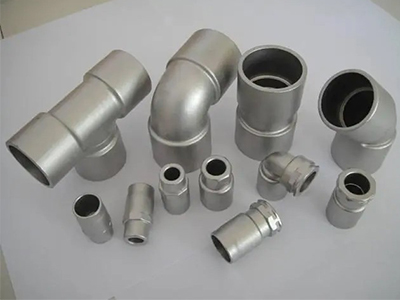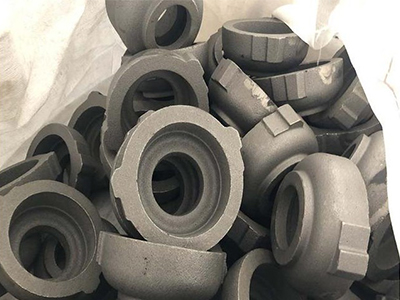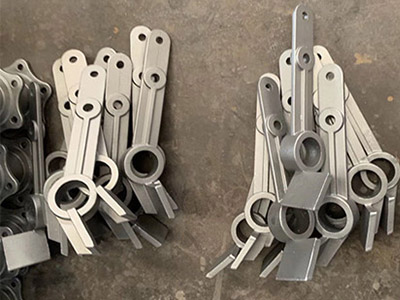- How to operate the cooling of stainless Steel Precision Castings
- How to avoid pollution in stainless steel castings
- Carbon Steel Casting Alloys
- Prevention of stomata in Precision Steel Castings
- Industrial indicators of quenched castings
- What is the heat treatment process of precision casting?
- Factors affecting precision casting accuracy
- Why should the quality of steel casting pay attention to good molds
- High manganese steel and high chromium cast iron castings
- Use sodium silicate sand casting for production
- Call : +86 13390692151
- sale@kfqizhongji.com
-
Room 1, No. 21, Chaoying East Road, Zhoushi,
Kunshan City, Jiangsu Province, China
Advantages and disadvantages of sand casting in steel casting production
If the steel casting factory of Kunfeng heavy Industry uses sand casting, it must check the raw materials. The basic raw material of sand molding material is casting sand and molding sand binder, the so-called casting sand is actually siliceous sand, if the high temperature performance of the raw material can not meet the use at high temperature, it will be directly replaced with zircon sand or other special sand for production.
The often mentioned molding sand binder is the clay we mentioned, which can use different dry or semi-dry oils, water-soluble silicates or phosphates and various synthetic resins as molding sand binders. According to the way of binder and strength, the outer sand in sand casting used by Kunfeng heavy Industry Steel casting Factory can be directly divided into clay wet sand mold, clay dry sand mold and chemically hardened sand.
On the market, many steel castings manufacturers choose sand casting to produce large steel castings, mainly because the resources of clay are relatively abundant, and the price is also very cheap. for example, after the use of clay wet sand mold after treatment, 80% to 90% can be reused. Its own casting cycle is relatively short and efficient, some mixed moulding sand can be used for a long time, and has a wide range of adaptability in the industry.
The casting times of each sand mold is relatively small, and the mold will still be damaged after the steel castings are obtained, and it must be remolded, so the productivity is still relatively low. When the stiffness of the mold is not high enough, the dimensional accuracy of large castings will be relatively poor, prone to a variety of defects. Therefore, steel casting manufacturers suggest that you choose a suitable casting method when purchasing large castings!
